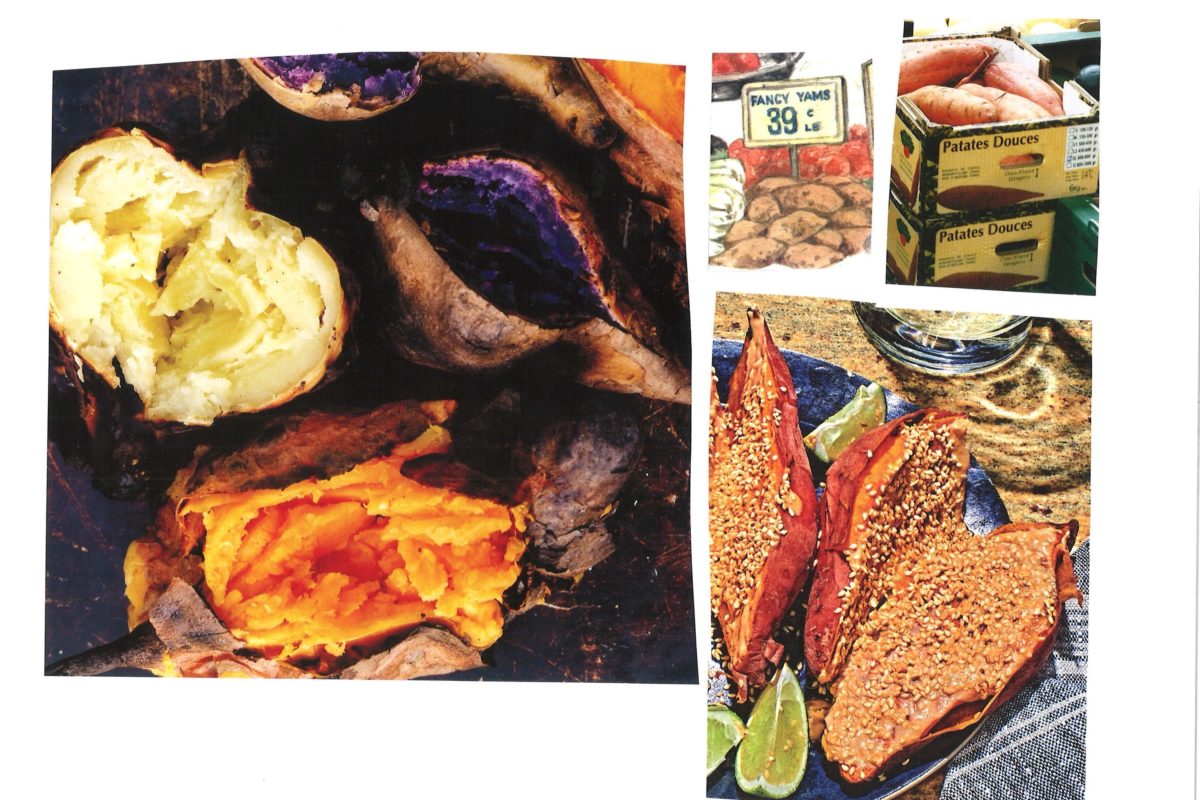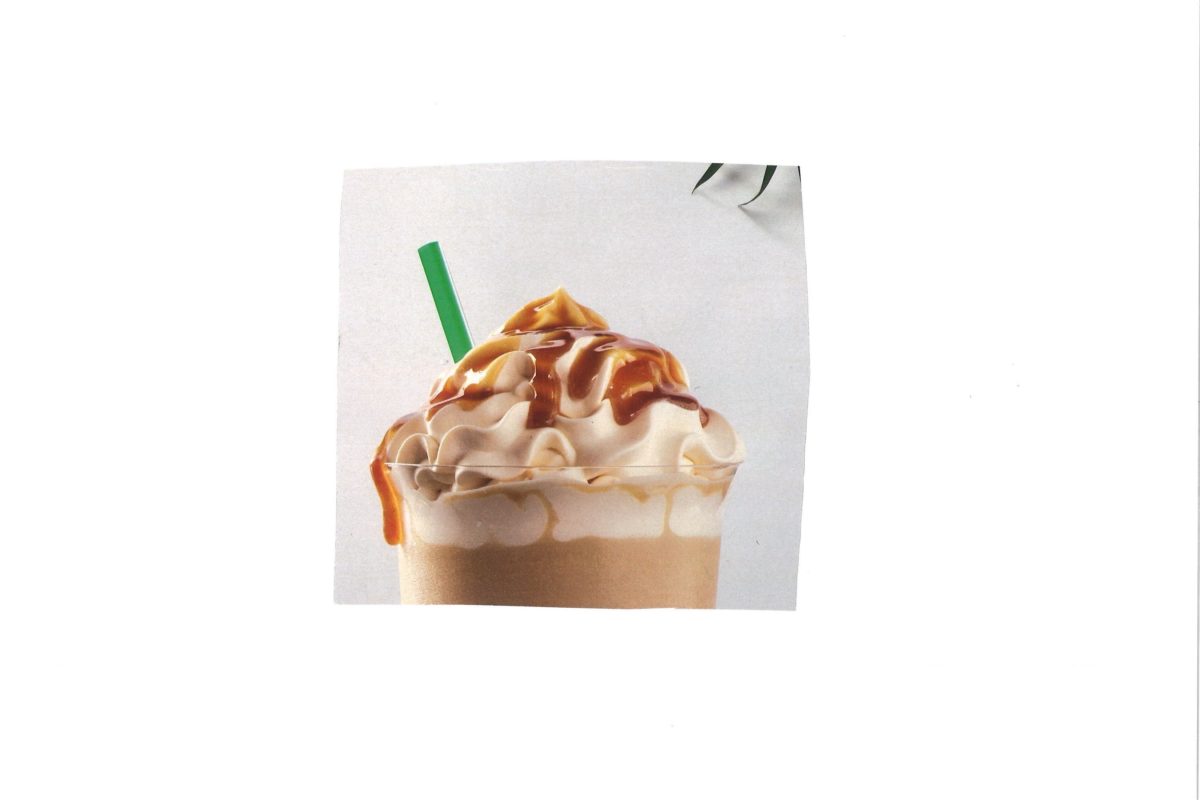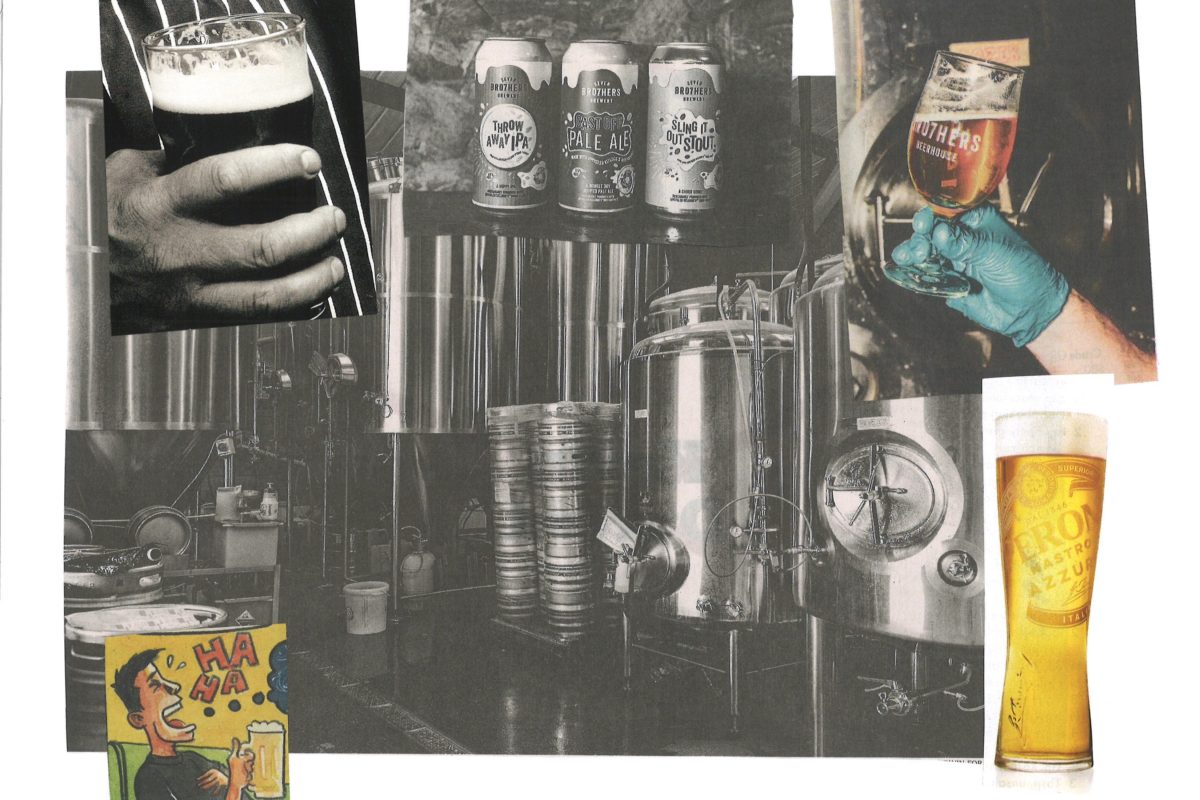What’s the Difference Between Broccolini, Broccoli Rabe, and Chinese Broccoli?
I know, I know. There are few newsletter topics as sexy as cruciferous vegetables—especially the brethren of the classic eat-your-vegetables vegetable, broccoli. But just how when you grow up, you realize that vegetables are actually, well, pretty good, turns out that vegetables—or at least the differences between ones like Chinese broccoli, broccolini, and broccoli rabe—are actually pretty interesting, too.
Let’s start with Chinese broccoli, also known as gai-lan, kai-lan, or Chinese kale. Chinese broccoli is a member of the species Brassica oleracea, the same species as regular broccoli, cabbage, and cauliflower; however, its “cultivar group” is called alboglabra, which sounds completely made up and/or like something out of Harry Potter. It has thick stems, itty-bitty florets, and large, flat leaves, and its flavor is somehow stronger and more broccoli-esque than regular broccoli.
Broccolini is actually a HYBRID vegetable, a cross between broccoli and Chinese broccoli that was invented in 1993. It was first grown under the name “Asparation” (??) because of its asparagus-flavor undertones, but then some genius was like “that is a truly horrible name for a vegetable” and decided to market it as “broccolini” in the United States instead. Broccolini/Asparation has a long, leggy stem, small florets, and small, if any, leaves, and is more tender and sweeter than either of its parents.
Lastly, we have broccoli rabe, also known as rapini, which is not a broccoli derivative at all and is instead more closely related to the turnip. It’s a bitter green, similar to a mustard green, with thin stalks, little buds, and lots and lots of leaves. It’s particularly popular in Italian cooking, where its often sautéed in garlic and/or used in pasta dishes.
Come March or April, you may start seeing “overwintered broccoli rabe” at the farmers’ market, which is broccoli rabe that was planted in the fall and then harvested in the early spring. This broccoli rabe is not as large and leafy as normal-wintered broccoli rabe, but the leaves and stalks are more tender and less bitter; the vegetable has to produce extra sugar in order to not freeze. And given the weather this past week, you can bet that whatever has survived come spring will be pretty damn tasty.
If you liked this, subscribe to the What’s the Difference newsletter here!






